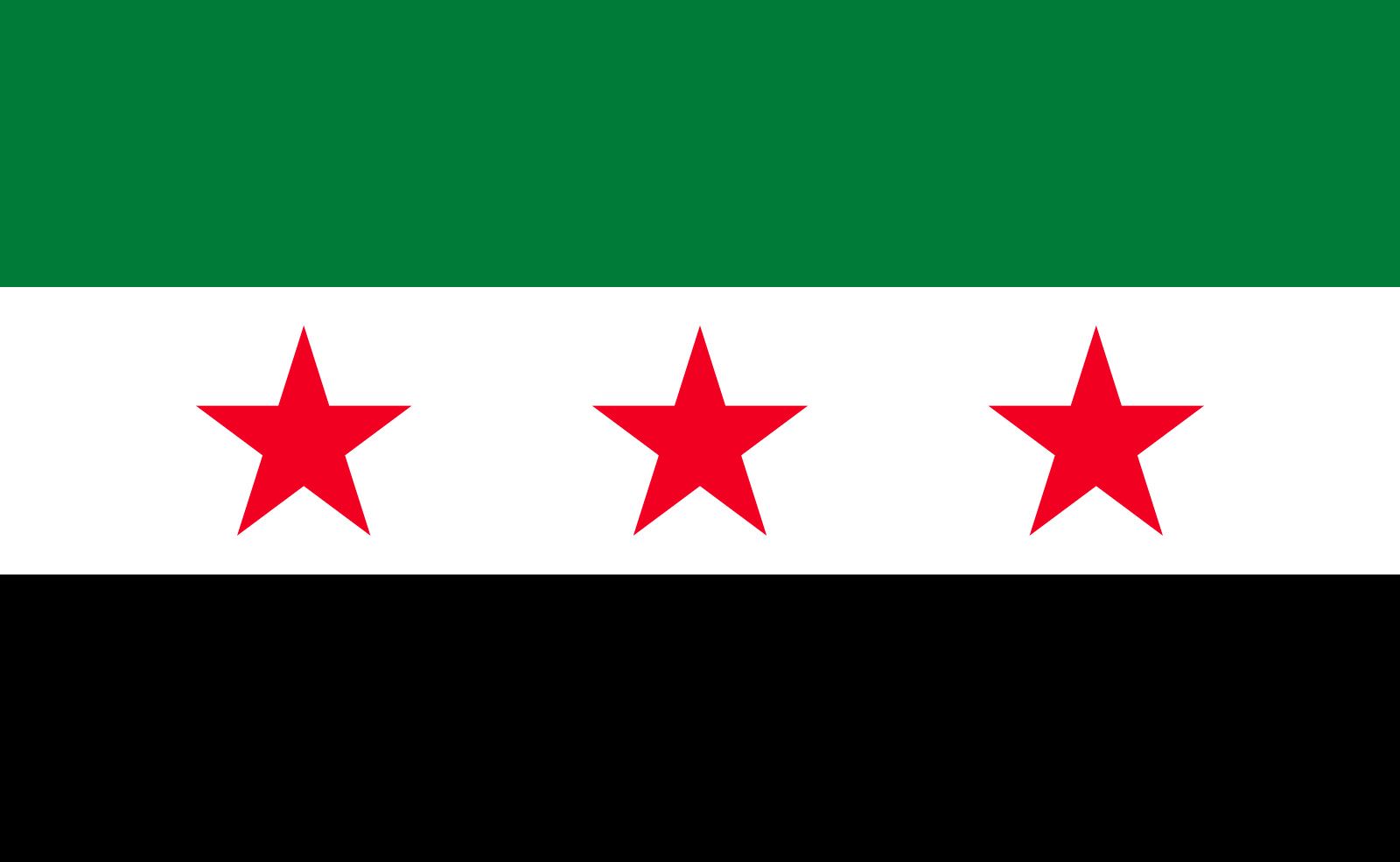Al-Hasakah
The Fertile Northeast, Land of Diversity and Agriculture
Al-Hasakah Governorate (محافظة الحسكة), located in Syria’s far northeast, is one of the country’s most agriculturally productive and ethnically diverse regions. Known for its wheat and cotton fields, and as home to Arabs, Kurds, Assyrians, Armenians, and other groups, Hasakah reflects Syria’s rich tapestry of cultures and histories. The Khabur and Jaghjagh rivers meander through its plains, sustaining its farms and settlements for millennia.
Historical and Cultural Background
The Hasakah region has been inhabited since ancient Mesopotamian times, as part of Upper Mesopotamia, also called al-Jazira. The area saw flourishing civilizations during the Assyrian, Neo-Babylonian, Achaemenid, and Roman empires. Numerous archaeological sites dot the province, including ancient tells (mounds) and ruins testifying to its historic importance as a center of trade and settlement.
In the 20th century, the province became a refuge for Armenians and Assyrians fleeing persecution during and after World War I. It developed into a cultural mosaic of ethnic and religious communities living side by side, speaking Arabic, Kurdish, Syriac, and Armenian among others.
Modern Significance
Al-Hasakah is vital to Syria’s economy as a breadbasket: its fertile plains produce a large share of Syria’s wheat, barley, cotton, and lentils. It is also rich in oil and natural gas reserves, particularly around Rmeilan and Al-Suwaydiyah fields.
The War and Its Aftermath
During the Syrian conflict, Al-Hasakah saw significant fighting, displacement, and shifts in control among Syrian government forces, Kurdish-led administration, and other groups. Despite challenges, the region has maintained relative stability in recent years compared to other parts of Syria. Many displaced families have returned to their homes, though some areas remain heavily damaged or underdeveloped.
Current Situation (July 2025)
As of July 2025, Hasakah continues to rebuild its infrastructure and revive its agricultural output. Cooperation between local councils, NGOs, and farmers has improved irrigation systems and grain production. Security has improved in many areas, though tensions occasionally flare between rival factions. Cultural festivals and traditional markets have resumed, symbolizing the resilience of its communities.
Economy and Society
The governorate remains central to Syria’s agricultural and energy sectors. Many young people are engaged in farming and small businesses, while others have moved to urban areas like Hasakah city and Qamishli for education and work. Schools and clinics, some rebuilt after wartime damage, serve local populations, though resources remain stretched.
Key Cities and Towns
- Al-Hasakah City: The provincial capital, a bustling hub of administration, markets, and cultural life.
- Qamishli: A vibrant city near the Turkish border, known for its multi-ethnic character and historic churches and mosques.
- Amuda: A smaller town with a strong literary and artistic tradition.
- Ras al-Ayn (Sere Kaniye): A historic border town with thermal springs, partially damaged but recovering.
Culture and Heritage
Hasakah’s cultural richness shines through its folk music, dances, festivals, and traditional crafts. The diversity of its population is celebrated in annual harvest festivals, Newroz (Kurdish New Year), Assyrian Akitu celebrations, and more. Visitors can still see remnants of ancient Mesopotamian civilizations, Assyrian churches, and Ottoman-era structures.
Al-Hasakah stands today as a testament to Syria’s resilience and diversity — a land where wheat fields meet ancient tells, and where communities work together to rebuild their future despite adversity.
 Syria
Syria